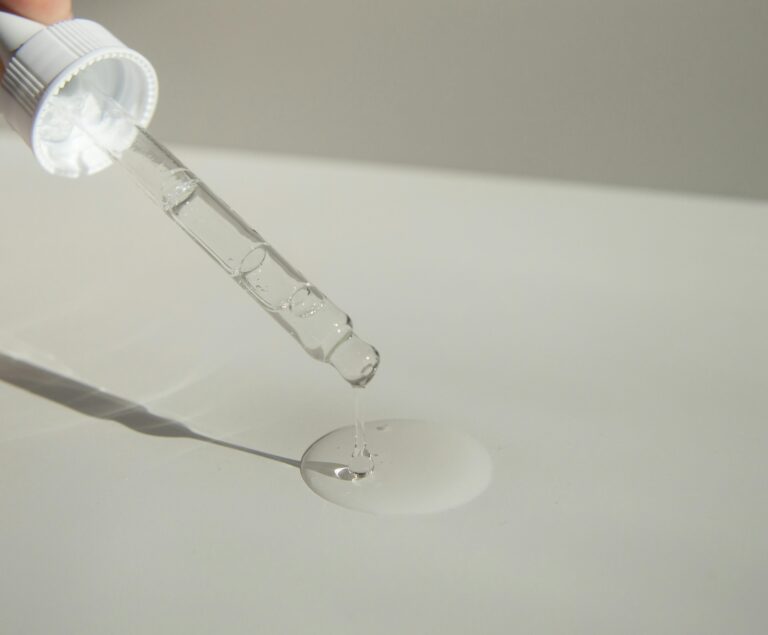Living at high altitudes offers breathtaking views, crisp mountain air, and exhilarating outdoor adventures. However, along with these perks come unique challenges for skincare and beauty routines.
High-altitude living can wreak havoc on your skin, causing dryness, sensitivity, and accelerated aging due to increased exposure to UV radiation and harsh environmental conditions.
But fear not! With the right strategies and products, you can create a beauty routine that nourishes and protects your skin, allowing you to thrive in an elevated environment.
Join us as we explore essential tips and tricks for crafting a skincare regimen tailored to high-altitude living, so you can look and feel your best amidst the mountain peaks.
Understanding the Challenges of High-Altitude Living
Before diving into the specifics of a beauty routine for high-altitude living, it’s essential to understand the unique challenges posed by elevated environments.
At higher altitudes, the air is thinner and drier, leading to increased moisture loss from the skin. This can result in dryness, flakiness, and a compromised skin barrier, making it more susceptible to environmental damage and irritation.
Furthermore, high-altitude regions often experience more intense UV radiation due to reduced atmospheric filtration, putting residents at higher risk of sunburn, skin damage, and skin cancer.
Additionally, factors like cold temperatures, strong winds, and low humidity levels can further exacerbate skin issues, leading to redness, chapping, and discomfort.
Crafting a Skincare Routine for High-Altitude Living
Creating a skincare routine tailored to high-altitude living requires a proactive approach to hydration, protection, and nourishment. By incorporating the right products and practices into your daily regimen, you can counteract the effects of dryness, UV radiation, and harsh environmental conditions, ensuring your skin stays healthy and radiant despite the challenges of elevated living.
Cleansing
Start your skincare routine with a gentle cleanser that effectively removes dirt, oil, and impurities without stripping the skin of its natural oils.
Look for hydrating formulas that replenish moisture and soothe the skin, such as creamy cleansers or oil-based cleansers. Avoid harsh, foaming cleansers that can further dry out the skin, especially in the dry air of high-altitude environments.
Hydration
Hydration is key to combating dryness and maintaining a healthy skin barrier in high-altitude living. Incorporate a hydrating toner or essence into your routine to replenish moisture and balance the skin’s pH levels.
Look for ingredients like hyaluronic acid, glycerin, and ceramides, which attract and lock in moisture for long-lasting hydration. Follow up with a lightweight, hydrating moisturizer to seal in moisture and protect the skin from moisture loss throughout the day.
Protection
Protecting your skin from UV radiation is essential, especially at high altitudes where the sun’s rays are more intense. Apply a broad-spectrum sunscreen with a high SPF every morning, even on cloudy days, and reapply regularly, especially if you spend extended periods outdoors.
Choose a sunscreen that offers both UVA and UVB protection and is water-resistant to withstand sweat and humidity. Additionally, consider wearing protective clothing, hats, and sunglasses to shield your skin from direct sunlight.
Nourishment
Nourish your skin with antioxidant-rich serums and treatments to combat the effects of environmental damage and oxidative stress. Look for products containing vitamins C and E, niacinamide, and botanical extracts, which help protect the skin from free radicals and promote collagen production for a healthy, youthful complexion. Incorporate a weekly hydrating mask or overnight treatment to provide an extra boost of nourishment and repair for dry, stressed skin.
Repair
Incorporate targeted treatments into your skincare routine to address specific concerns like dryness, sensitivity, and inflammation. Choose products with soothing ingredients like aloe vera, chamomile, and calendula to calm irritation and redness, and avoid harsh exfoliants and active ingredients that can further compromise the skin barrier. Opt for gentle, hydrating formulas that promote healing and repair without causing additional irritation or dryness.
Conclusion
Living at high altitudes presents unique challenges for skincare and beauty routines, including dryness, UV radiation, and harsh environmental conditions. However, with the right approach and a few essential products, you can create a skincare routine that nourishes and protects your skin, allowing you to thrive in an elevated environment. By focusing on hydration, protection, nourishment, and repair, you can maintain healthy, radiant skin despite the challenges of high-altitude living.
FAQs
Q1: Can I use the same skincare products at high altitudes as I do at sea level?
While some skincare products may work well in both high-altitude and sea-level environments, it’s essential to adjust your routine to address the specific challenges posed by elevated living, such as increased dryness and UV radiation.
Q2: How often should I apply sunscreen at high altitudes?
It’s recommended to apply sunscreen every morning as part of your skincare routine, even on cloudy days, and to reapply every two hours, especially if you spend extended periods outdoors or engage in activities that cause sweating or water exposure.
Q3: Will drinking more water help combat dryness at high altitudes?
Staying hydrated is essential for overall health and can help support healthy skin function, but drinking more water alone may not be enough to combat the increased dryness caused by high-altitude living. It’s essential to use hydrating skincare products and practices to replenish moisture and maintain a healthy skin barrier.
Q4: Can I skip sunscreen on overcast days at high altitudes?
UV radiation can penetrate clouds and cause sunburn and skin damage even on overcast days, so it’s crucial to wear sunscreen daily, regardless of the weather. Choose a broad-spectrum sunscreen with a high SPF and reapply regularly to protect your skin from harmful UV rays.
Q5: Are there any specific skincare ingredients I should avoid at high altitudes?
Avoid harsh, drying ingredients like alcohol, sulfates, and fragrances, which can further strip the skin of its natural oils and exacerbate dryness and irritation in high-altitude environments. Instead, opt for gentle, hydrating formulas that replenish moisture and support healthy skin function.



